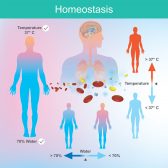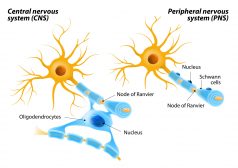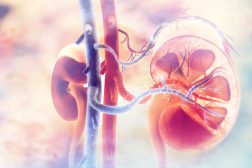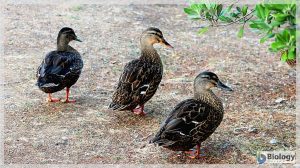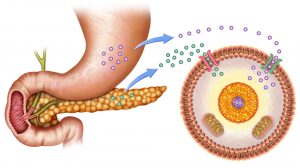‘Asteraceae”, composite family.
A single family enclosed in order Asterales in subclass Asteridae.
The other name – composite family – refers to the complex structure of its flowers, or more correctly – inflorescences.
”’1. Inflorescence
The hallmark of the Asteraceae family is its inflorescence called capitulum, anthodium or head, however it may be gathered and form panicles or umbels of heads. The individual inflorescence resembles one flower, that may be very big, for example the one belonging to the sunflower (helianthus sp.).
All flowers are located on the widen recaptacle (lat. thalmus) surrounded by leaflike or scalelike bracts (involucral bracts) comprisind the involucre.
The proper flowers are usually small and fulfill the surface of the receptacle. We may distinguish four types of flowers grouped in two categories. Hence there are two sorts of disc flowers (funnel-like ones) and two sorts of ray flowers (tongue-like ones). In both types one sort of flower is fertile while the other is infertile.
A calyx of single flower is comprised by a collection of scales or hairs and it is called the pappus. Moreover, these small flowers may be equiped in membranous bracts namely ”’chaffy bracts (or disc scales).
A composition of those flowers, namely disc or ray flowers on the receptacle is the main taxonomic feature, that lets us divide Asteraceae family into two subfamilies:
– Cichorioidae (=Liguliflorae) – when there are only ray flowers on the head and when latex is present the plant body
– Asteroidae (=Tubuliflorae) – when there are only disc flowers on the head or when there are infertile ray flowers on it’s perimeter as well as regular disc flowers in it’s centre and when latex is always absent
2. Leaves.
Mostly +/- elliptic and variously carved. Nevertheless, cordate, deltoid or even compound leaves occur. Hairs and prickles may be present.
Leaf arrangement is alternate, distichous or rosulete.
3. Fruit.
One of hallmarks of this family is it’s fruit called cypsela (achene).
”’4. Representatives
Cichorioidae:
- Taraxacum sp.
- Hieracium sp.
- Hypochoeris sp.
- Crepis sp.
- Leontodon sp.
- Sonchus sp.
- Cichorium sp.
- Mycelis sp.
- Lactuca sp.
- Tragapogon sp.
Asteroidae:
- Aster” sp.
- Centaurea sp.
- Cirsium sp.
- Carduus sp.
- Bellis sp.
- Leucanthemum sp.
- Chrysanthemum sp.
- Helianthus sp.”

